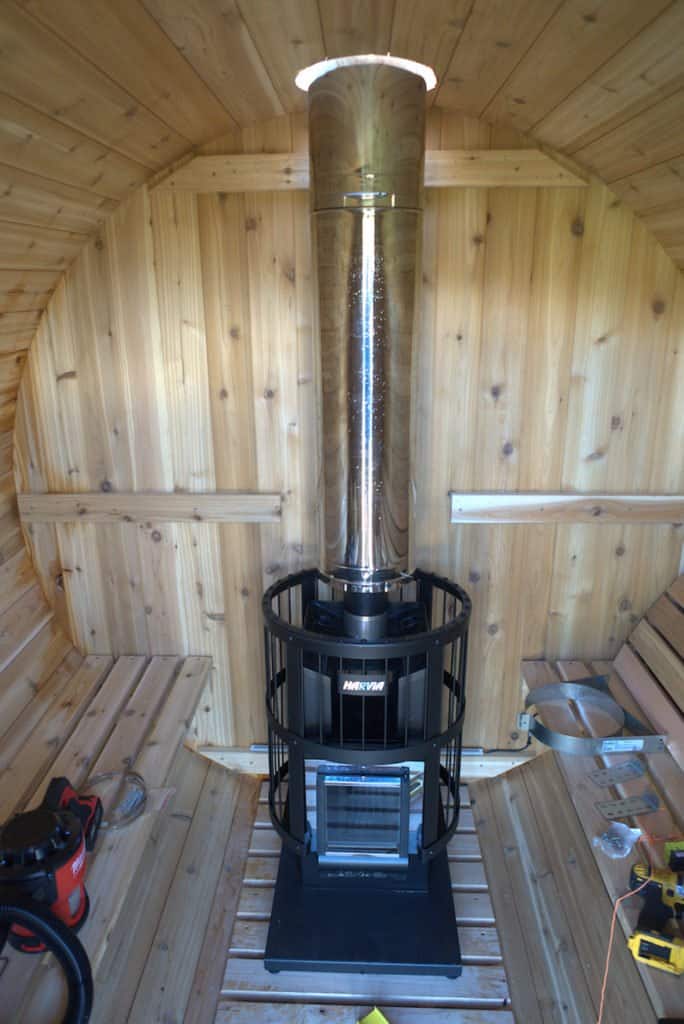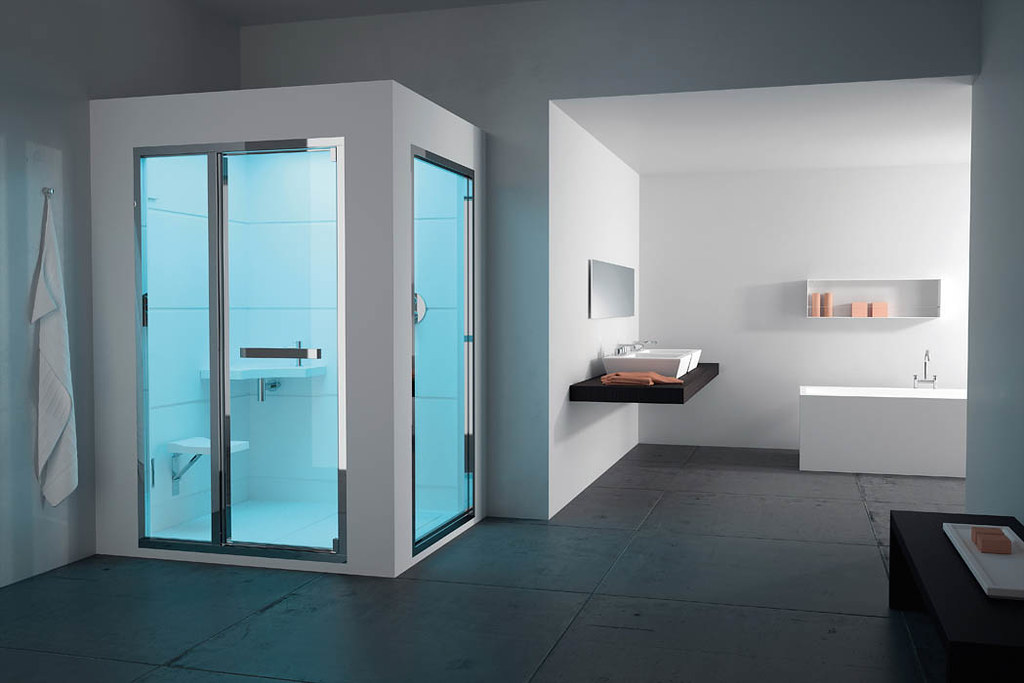Table of Content
Access to outside of the house (back yard, porch, balcony…) is a good plus, as well as a window. Glass doors and inside window panels give natural light and prevent any claustrophobic feelings inside the sauna. A drain inside the sauna room allows a more freely use of water, and makes cleaning of the sauna easier. Electric heaters should be sized according to the size of the sauna. All UL-listed heaters have specific size ranges within which they safely operate. Heater kilowatt sizes typically range between 1.5 kW and 15 kW, and the respective breaker size varies between 15 and 60 Amps.
Lastly, you will need to invest in cedar or plastic planks that are designed for outdoor use and use these to line the walls and floor of the sauna. With these precautions, you can enjoy an outdoor sauna in the comfort of your backyard. For saunas, it’s important to choose softwoods that are moisture- and warp-resistant in temperatures of at least 150 degrees Fahrenheit. Popular options include cedar, aspen, spruce, and hemlock for their uniform textures and subtle scents. There are pros and cons of each panel type, so choose the one that works best for your style and budget. You also have the chance to add various accessories of your liking.
Build a Sauna
No, you should only choose high-quality wood to build your sauna. Not all types of woods can withstand the pressure from heat or moisture. Only use softwoods, such as cedar and aspen, that are known for absorbing heat and resisting water. Insulation is a critical step, as it helps retain the heat inside your sauna. Fiberglass batt, a popular and preferred choice, is non-flammable and comes in rolls of 16- and 24-inch widths.

Whether you're putting together a DIY sauna or one from scratch, outdoor saunas generally give you more freedom. Compared to their indoor counterpart, electric and gas saunas can thrive outdoors in a bunch of different sizes. The only con of an outdoor sauna is that if you'd want to enjoy your spa-like experience, you may have to make your way through the rain or snow to get to the sauna door. I decided to just build a wooden platform floor in the sauna room under and in front of the bench area and leave exposed concrete around the wood stove. The platform does not extend all the way to the wall under the widest bench. This saves me some dollars in material cost and leaves an area around the wood stove that will not scorch if hot embers fall to the floor.
Choose a Size and Location
In addition, if you plan to use electricity to operate a heater or other accessories, you will need to ensure that the electrical installation is safe and up to code. When building a sauna, the exhaust ventilation system must be properly planned out. You will also need to properly insulate the shed to prevent heat loss. Once the insulation is complete, you can begin to install the sauna components. Choose a heater, benches, and any other items you would like to include in your shed sauna.
The walls are covered with 6” wide Western Red Cedar house siding, again from Menards. I had to dig for a while through the stock of boards to find ones that were suitable. All the paneling is attached with galvanized finishing nails except in the hard to hammer places where I used finishing dry wall screws.
Underground Sauna and Pool
The UL Safety Standard requires the maximum sauna temperature in the US not to exceed 195 F. All the UL listed heaters or sauna units follow this requirement. Depending on the type of sauna you purchase and how much you are willing to invest, it can increase the aesthetics, comfort, and convenience of living in your home. With an outdoor sauna, you can enjoy the benefits of the sauna without the need to drive to the gym or spa. It is also important to make sure the area has enough room to allow for adequate circulation of air.
You can start from scratch, construct a sauna kit, and even convert an indoor space into a spa-inspired bathroom. No matter which direction you go, here are the fundamental steps. This DIY outdoor sauna will be the centerpiece of your backyard. It’s definitely a bit harder to build than some other plans we’ve already mentioned, but it will look stunning once finished.
Do toilets go in before flooring?
It’s also a good insulator and can heat up relatively quickly. However, it can be pricey, so it’s worth factoring that in before making any final decisions. Once I decided to run the chimney straight up through the roof and not through the side wall, I needed to find chimney components.
If you can dig deeper into your pockets, western red cedar can be a great option. Consider the type that’s locally available in your home area and the type you can afford. Woods are among the materials you should work getting for your building process.
Almost done now with the sauna room, I had to make an insulated door. I built a 2X4 frame to fit the door opening with ½” clearance all around. Before constructing the complete door I test fit the frame in the opening, then increased the clearance because of the slight un-squareness of the opening. The sauna room needs to be vented, especially if a wood heater is used. The fire would eventually burn off most of the oxygen in the sealed room and starve itself. I cut a about a 6 in X 12 in slot in front wall near the floor at a corner and another slot in the ceiling diagonal from the floor vent.
In general, an outdoor sauna should be near your actual house and have a power source for its electrical wiring. However, if you make an outdoor sauna from scratch, everything from the concrete foundation to the natural Canadian hemlock wood finish is up to you. If you want your sauna heater a certain size and the sauna stove a certain material, you have no restrictions. Sauna building, from scratch, can be more expensive if you have a custom sauna door and double-paned glass. It can also get tricky if you have no experience or deep knowledge of the parts of an infrared sauna in the hot room and constantly take apart your sauna to work on it again.
Be sure the reveal is even and all air gaps are closed before tightening everything in place. Saunas use rocks to help even out the heat and for creating steam. Wash your sauna rocks to eliminate any foul-burning dust particles before placing them loosely around the heater element. Still, some may find that building a sauna is not the right choice.

However, if the sauna is to be located in a public space, such as a park or beach, you will need to obtain permission from the local authorities. Additionally, if you intend to build a commercial sauna, you will likely need to apply for a permit from your local government. Yes, you will likely need permission to build a sauna, depending on where it is located. If it is a personal sauna located on private land, such as your own home or backyard, you may not need permission from any authority.



